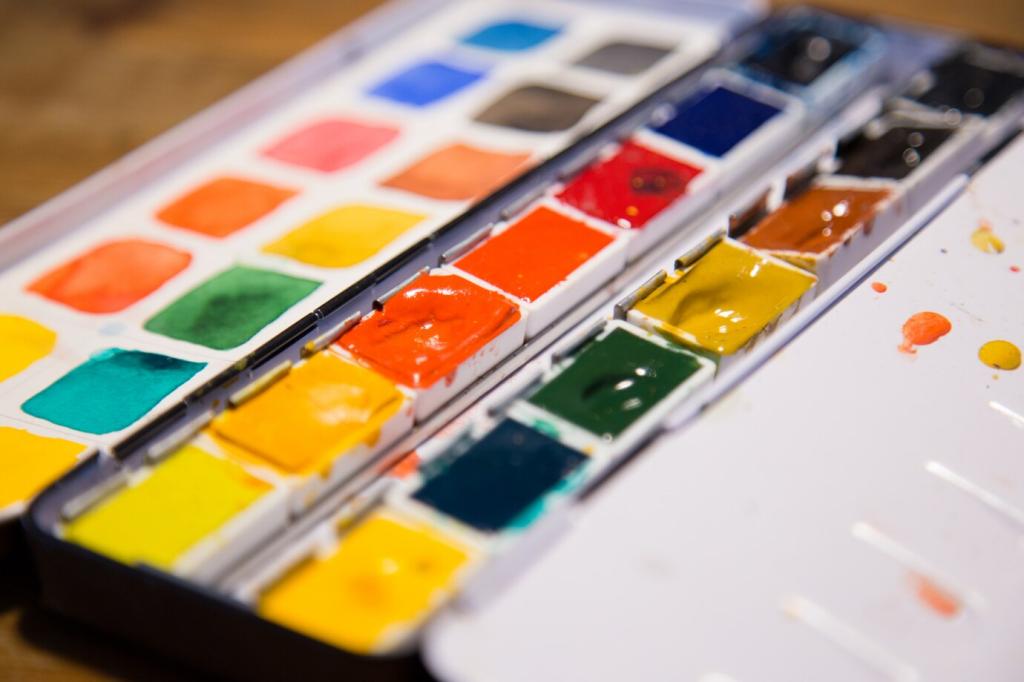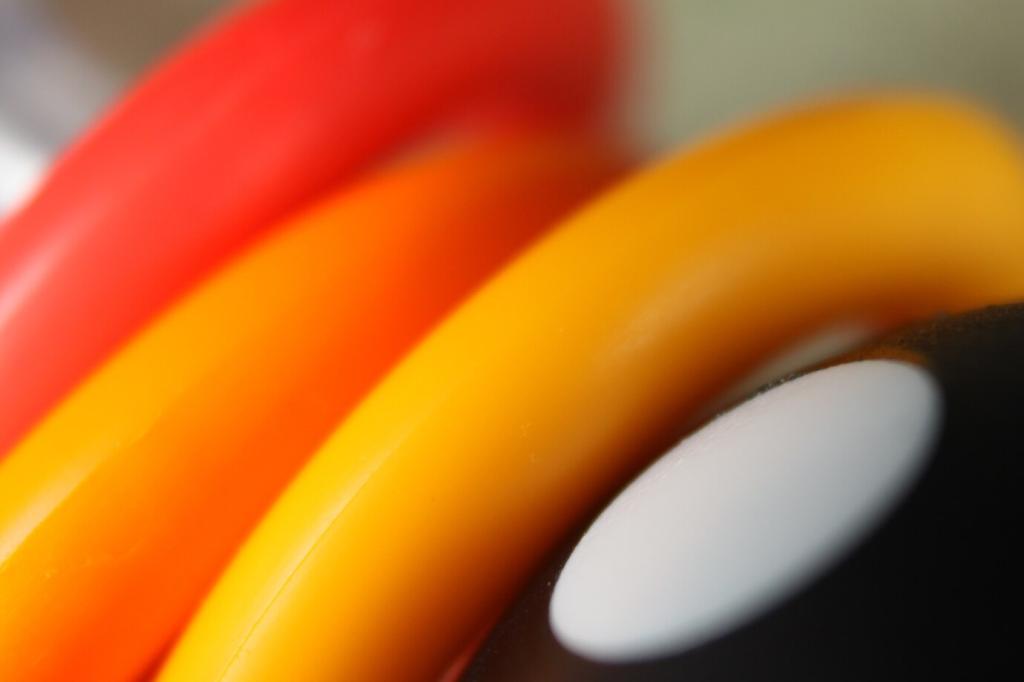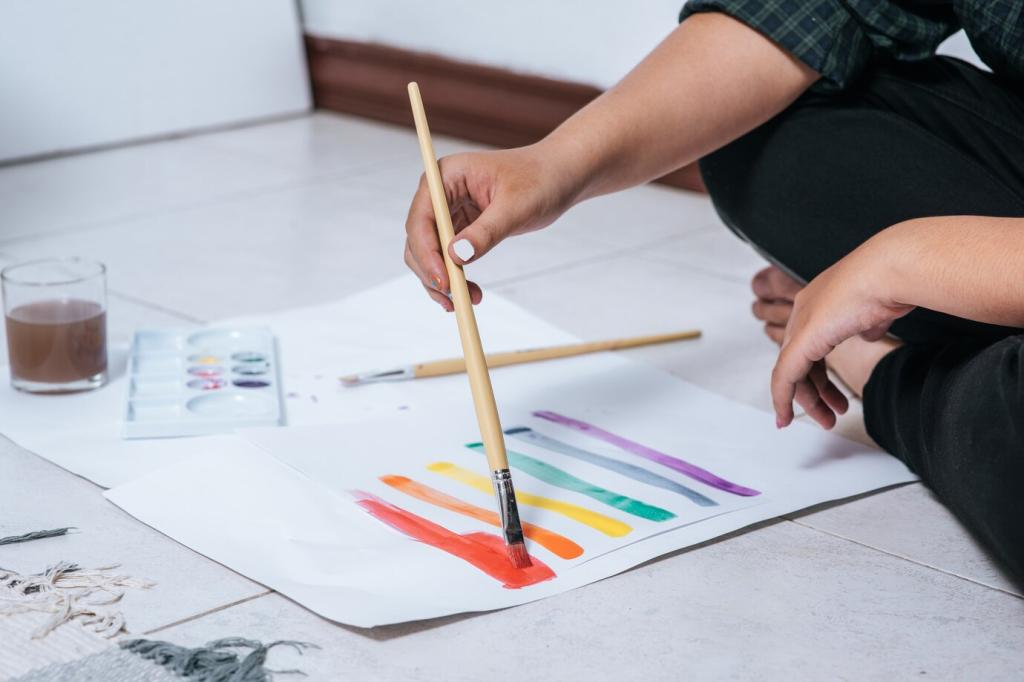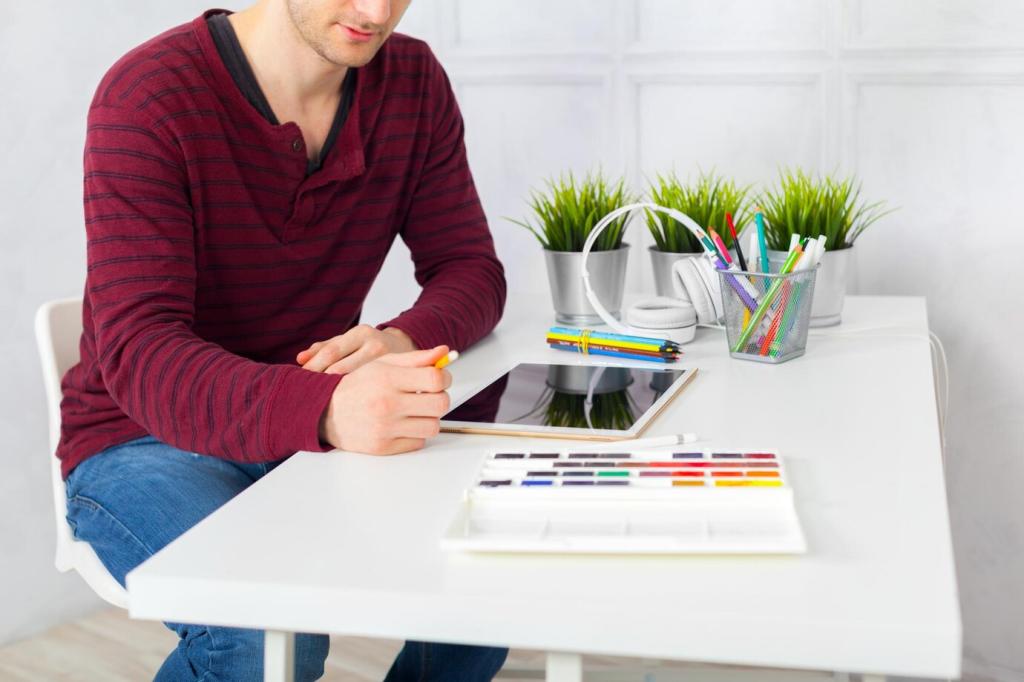Digital Experiences: Crafting Emotion in UI with Color
Choose a confident but not aggressive primary—often a balanced blue or green—and keep supporting tones restrained. Consistency builds reassurance. Reserve a bolder accent for milestones, not every screen. Tell us your product’s promise, and we’ll propose a primary that embodies it without overwhelming users.
Digital Experiences: Crafting Emotion in UI with Color
Accessible contrast is more than compliance; it feels respectful and calm. Strong contrast reduces cognitive strain, while purposeful spacing prevents visual crowding. Test your palette with real users and assistive tools. Subscribe for our checklist to align inclusive color choices with the mood you intend.









